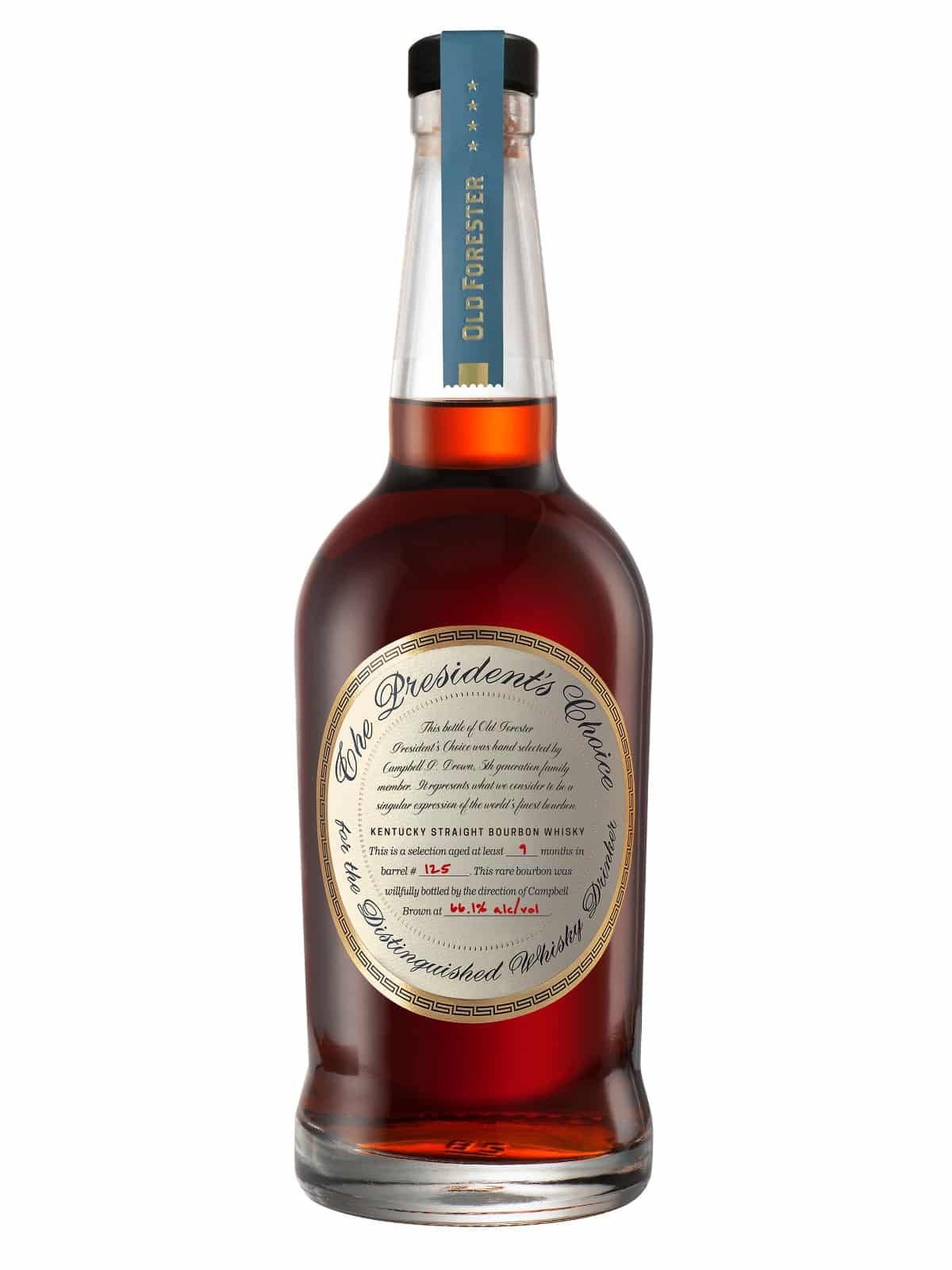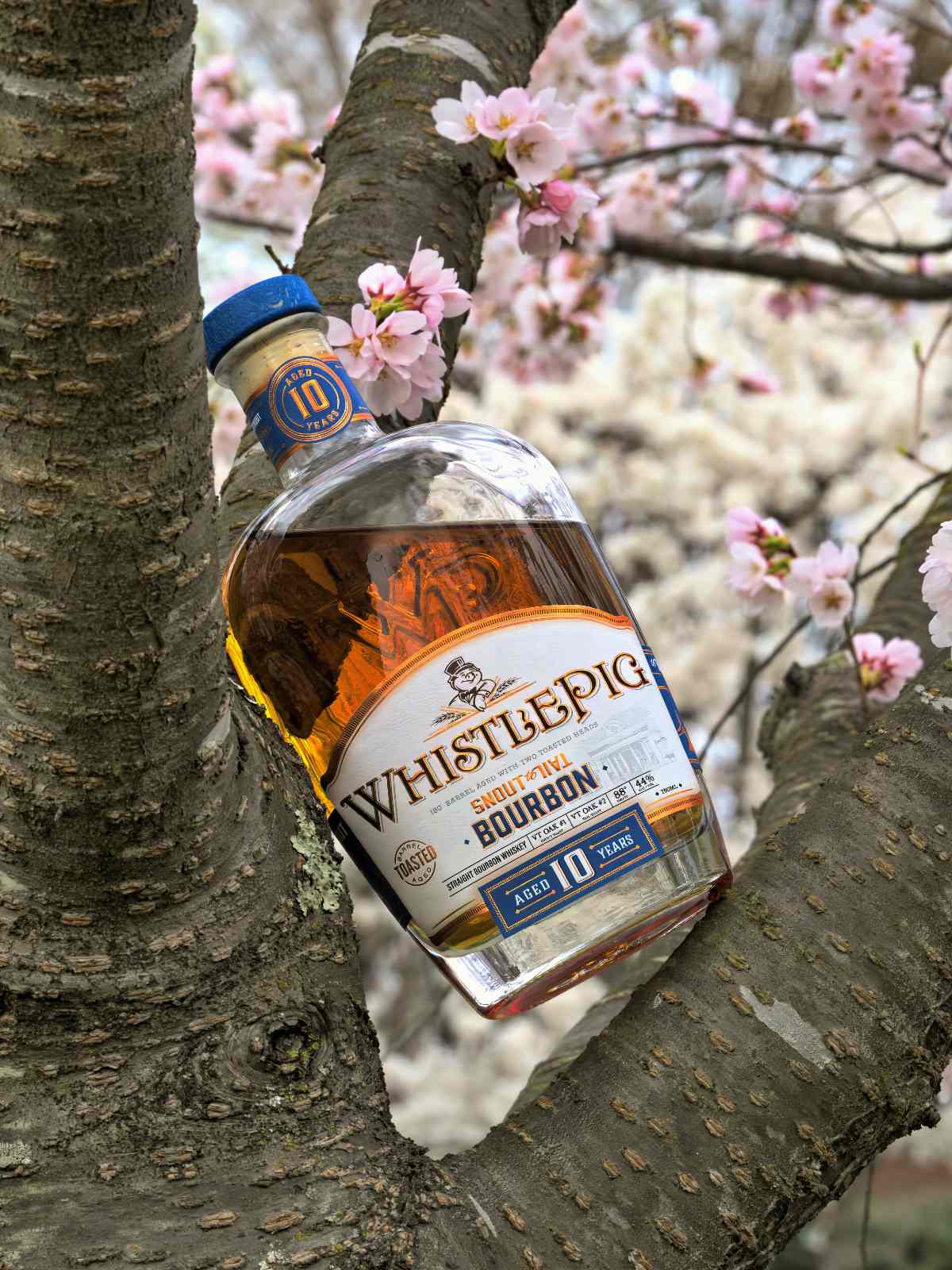Buffalo Trace vs Eagle Rare [In Depth]
Buffalo Trace vs Eagle Rare Bourbon
![Buffalo Trace vs Eagle Rare [In Depth] 31 Alex author](http://www.thewhiskeyshelf.com/wp-content/uploads/2021/11/Alex-compressed.jpg)
by: ALEX WANG
Founder, writerDoes the 10 year age statement make a difference?
Buffalo Trace and Eagle Rare are two of Buffalo Trace’s best-known and relatively affordable bourbons (although accessibility can often be a problem as people have caught-on and everyone seems to be searching for and buying them).
One question I’ve always wondered is: are they actually all that different? I’m doing this Buffalo Trace vs Eagle Rare comparison to find out.
Even with different branding (and bottle shape), the two are actually quite similar at their core. They both use mashbill #1 and have the same ABV. The main difference is that Eagle Rare is at least 10-years old, while Buffalo Trace does not have an age statement (although it’s rumored to 7-9 years old). So really, the main difference is age, although Buffalo Trace could have very different approaches to barrel selection for these bottles.
Eagle Rare 10 also used to be single barrel, but the company dropped that label a few years ago because of changes to bottling. So let’s find out just how similar / different these two mashbill #1 bourbons are in this Buffalo Trace vs Eagle Rare comparison.
The below table outlines key facts and figures for each bourbon.How do Buffalo Trace and Eagle Rare Compare?
![Buffalo Trace vs Eagle Rare [In Depth] 37 Buffalo trace vs eagle rare radar](http://www.thewhiskeyshelf.com/wp-content/uploads/2019/07/Buffalo-trace-vs-eagle-rare-radar-v2-compressed.gif)
As an FYI, I bought and use these Glencairn glasses for my reviews and comparisons (because they’re the best): Glencairn Crystal Whiskey Glass, Set of 6, Clear, 6 Pack. Full transparency, this is an affiliate link, so I may earn a commission if you buy this or something else from Amazon.
And The Buffalo Trace vs Eagle Rare Winner is...
![Buffalo Trace vs Eagle Rare [In Depth] 39 buffalo trace vs eagle rare winner](http://www.thewhiskeyshelf.com/wp-content/uploads/2019/05/buffalo-trace-vs-eagle-rare-winner-compressed.jpg)
Buffalo Trace and Eagle Rare overall are both sugar and fruit-forward with supporting wood, spice, mint, and alcohol. Even with the same mash and proof, there are some noticeable differences that make them distinct bourbons, and overall make me lean towards Eagle Rare.
In the scents, Buffalo Trace is brighter and more herbal with more mint, anise, pepper, and brighter fruits such as apples, pears, and oranges, much like Sazerac 6 year rye. Eagle Rare is darker and more fruity with stewed cherries, berries, and apples, as well as musty roasted wood and cocoa. I guess it’s sort of an obvious point, but Eagle Rare smells older and more mature.
Flavor-wise, both are similarly sweet, but Buffalo Trace is brighter with honey, vanilla, pears, and lemons, as well as less oak, but more pepper and alcohol burn. Buffalo Trace has a brighter, and more vibrant and youthful presence. Eagle Rare is a littler richer and thicker with honey, apple, cherry, orange, dark charred oak, cinnamon, and cloves, sort of like Stagg Jr.
This was tough, but Eagle Rare 10 wins this comparison because of its darker and slightly more rich and mature characteristics, although I’d also gladly drink Buffalo Trace too. Buffalo Trace is solid and ~$10 less per bottle, but Eagle Rare is worth the extra cost…at least based on MSRP. Still, both are getting more difficult to find and you take what you can get.
Check out the Buffalo Trace bourbon review
Learn more about bourbons that I think make decent Blanton’s substitutes.
![Buffalo Trace vs Eagle Rare [In Depth] 31 Alex author](http://www.thewhiskeyshelf.com/wp-content/uploads/2021/11/Alex-compressed.jpg)
Meet the Author: Alex
I have far too much fun writing about whiskey and singlehandedly running The Whiskey Shelf to bring you independent, honest, and useful reviews, comparisons, and more. I’m proudly Asian American and can speak Cantonese, Mandarin, and some Japanese.
There are no sponsors, no media companies, and no nonsense. Support The Whiskey Shelf by Buying Me A Shot.
![Buffalo Trace vs Eagle Rare [In Depth] 32 Buffalo Trace bourbon review](http://www.thewhiskeyshelf.com/wp-content/uploads/2019/06/Buffalo-Trace-compressed.jpg)
![Buffalo Trace vs Eagle Rare [In Depth] 33 versus](http://www.thewhiskeyshelf.com/wp-content/uploads/2018/08/versus.png)
![Buffalo Trace vs Eagle Rare [In Depth] 34 Eagle Rare 10 year bourbon review](http://www.thewhiskeyshelf.com/wp-content/uploads/2019/04/Eagle-Rare-10-front-compressed-2.jpg)
![Buffalo Trace vs Eagle Rare [In Depth] 35 Buffalo Trace vs Eagle Rare comparison table 2](http://www.thewhiskeyshelf.com/wp-content/uploads/2019/04/Buffalo-Trace-vs-Eagle-Rare-comparison-table-2.png)
![Buffalo Trace vs Eagle Rare [In Depth] 36 instagram follow banner large](http://www.thewhiskeyshelf.com/wp-content/uploads/2022/01/instagram-follow-banner-large-compressed.jpg)
![Buffalo Trace vs Eagle Rare [In Depth] 38 q? encoding=UTF8&MarketPlace=US&ASIN=B003VAWA68&ServiceVersion=20070822&ID=AsinImage&WS=1&Format= SL250 &tag=thewhiskeyshe 20](http://ws-na.amazon-adsystem.com/widgets/q?_encoding=UTF8&MarketPlace=US&ASIN=B003VAWA68&ServiceVersion=20070822&ID=AsinImage&WS=1&Format=_SL250_&tag=thewhiskeyshe-20)
![Buffalo Trace vs Eagle Rare [In Depth] 41 Blanton's replacement cover image v2](http://www.thewhiskeyshelf.com/wp-content/uploads/2021/08/Blantons-replacement-cover-image-v2-compressed.jpg)
![Buffalo Trace vs Eagle Rare [In Depth] 42 weller special reserve review](http://www.thewhiskeyshelf.com/wp-content/uploads/2020/06/weller-special-reserve-compressed.jpg)
![Buffalo Trace vs Eagle Rare [In Depth] 43 instagram header mobile](http://www.thewhiskeyshelf.com/wp-content/uploads/2021/08/instagram-header-compressed.jpg)
![Buffalo Trace vs Eagle Rare [In Depth] 45 buffalo trace archive](http://www.thewhiskeyshelf.com/wp-content/uploads/2021/01/buffalo-trace-archive-compressed.jpg)





























